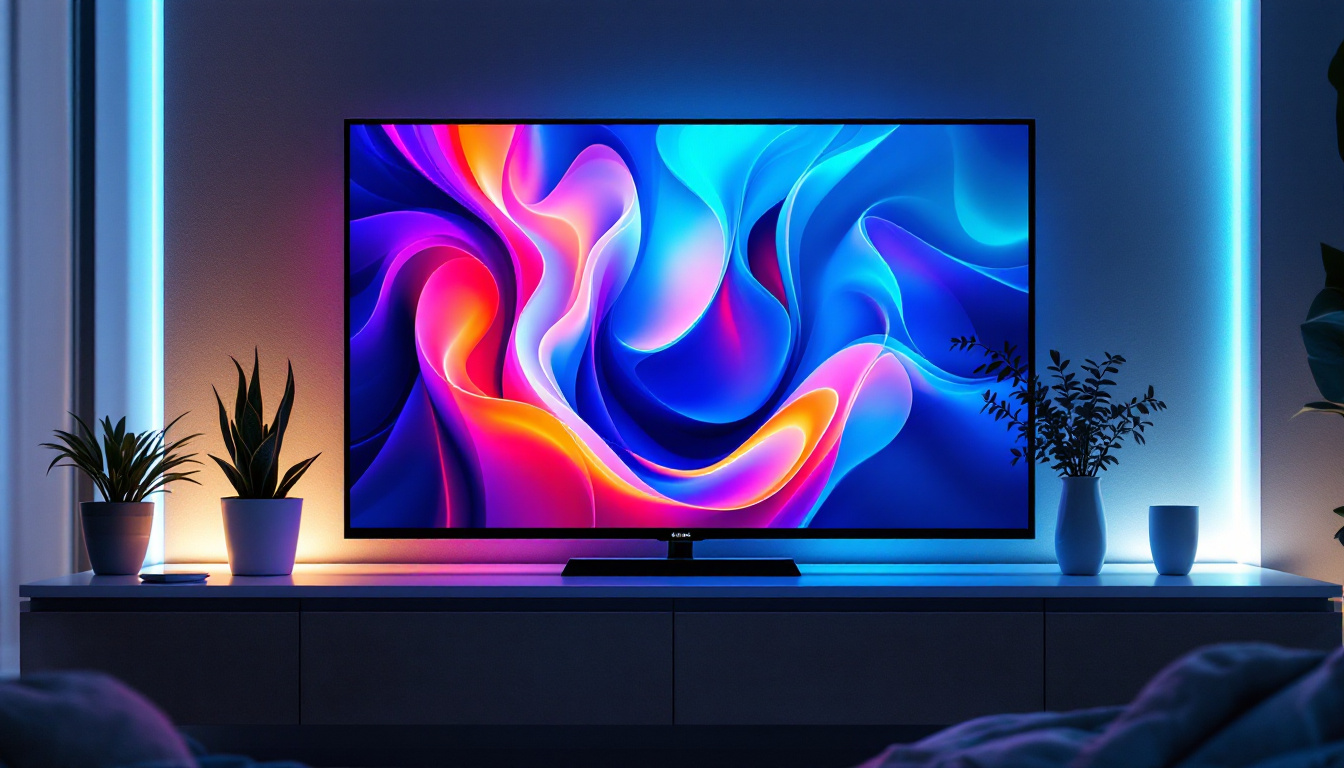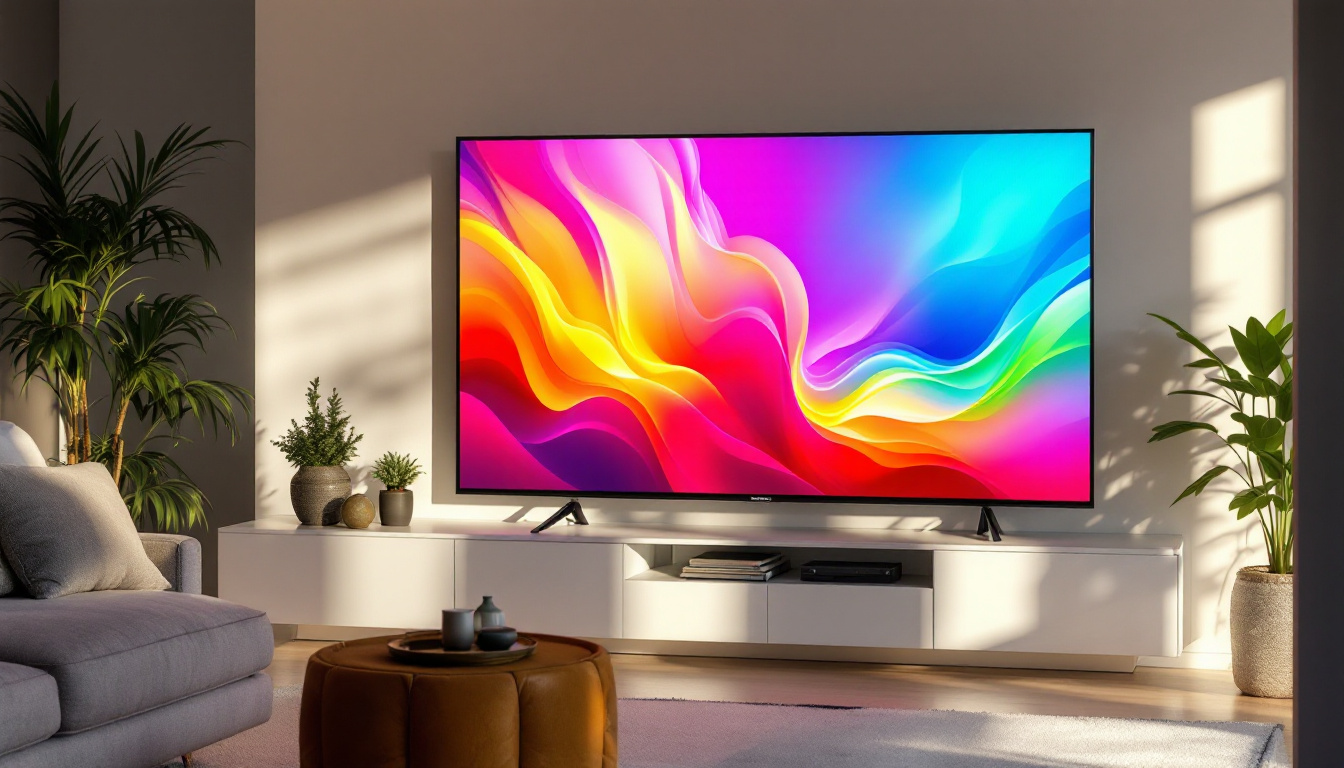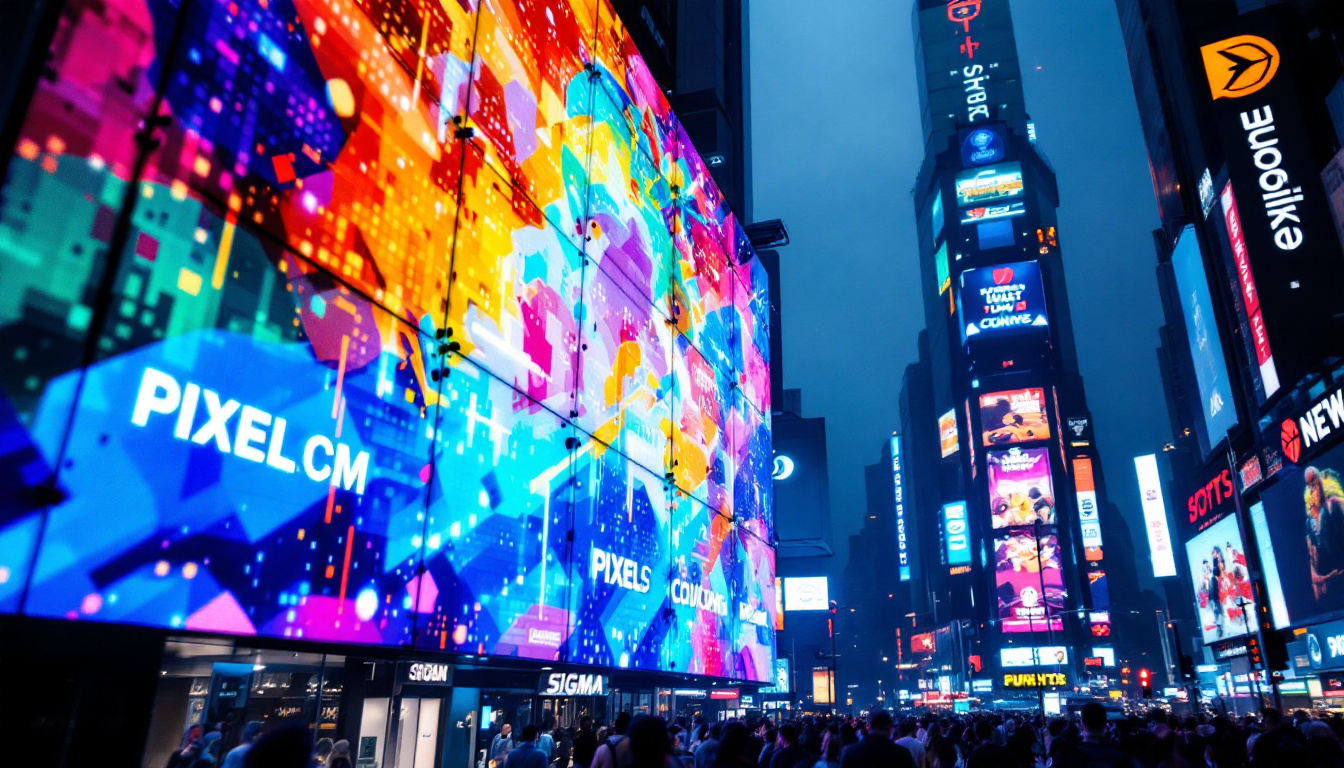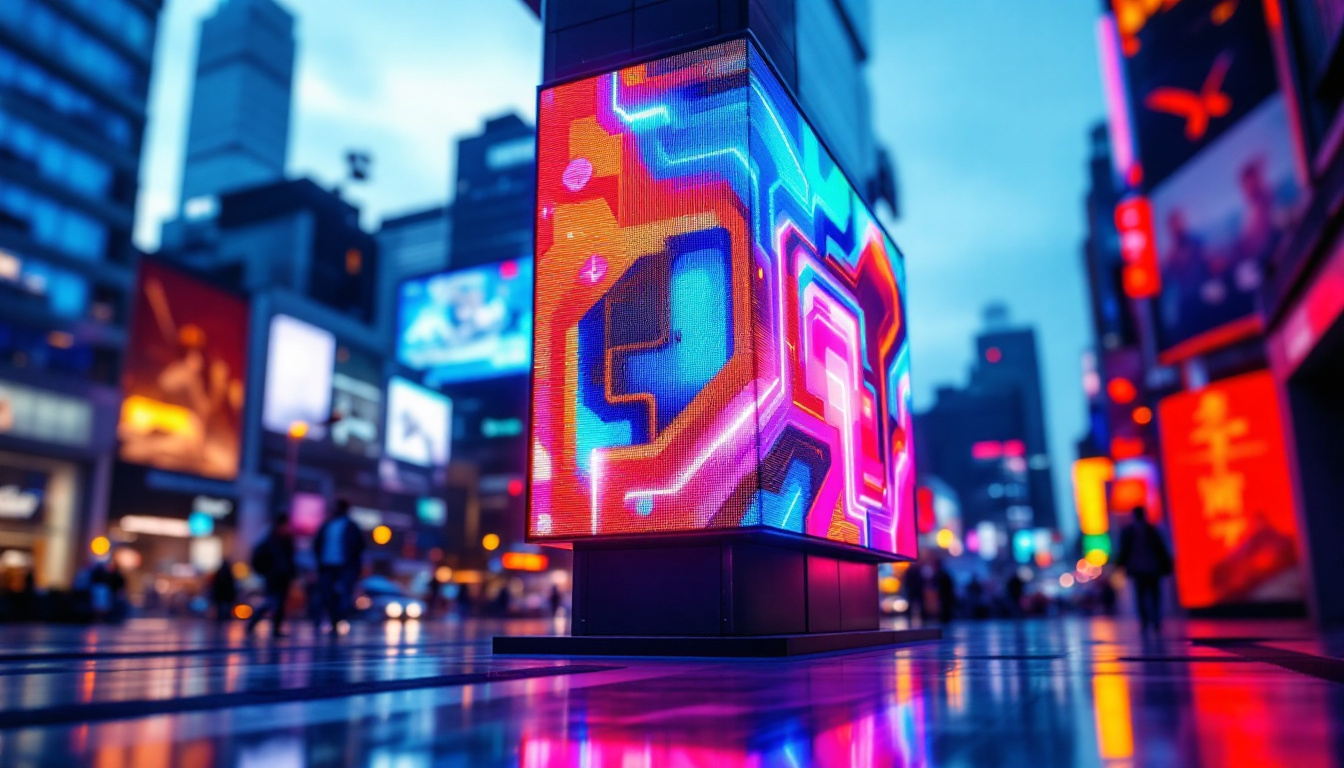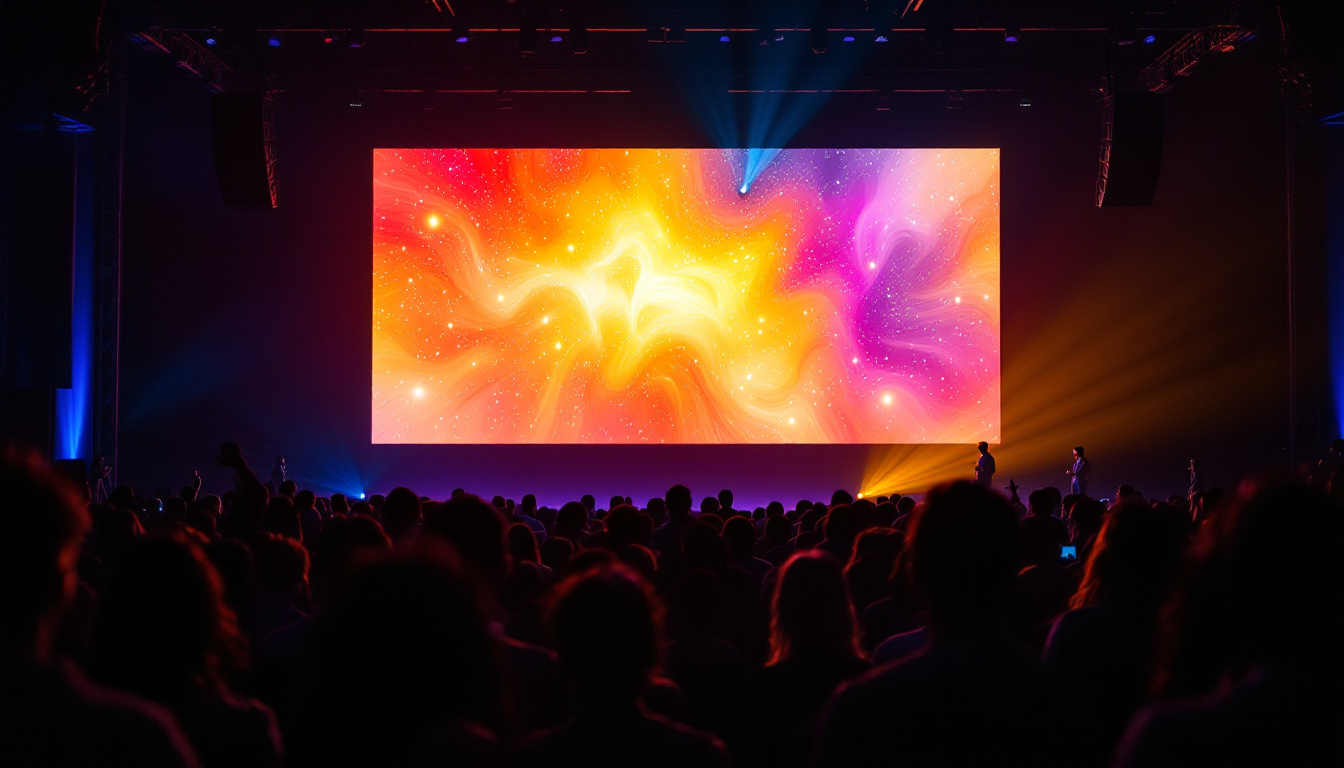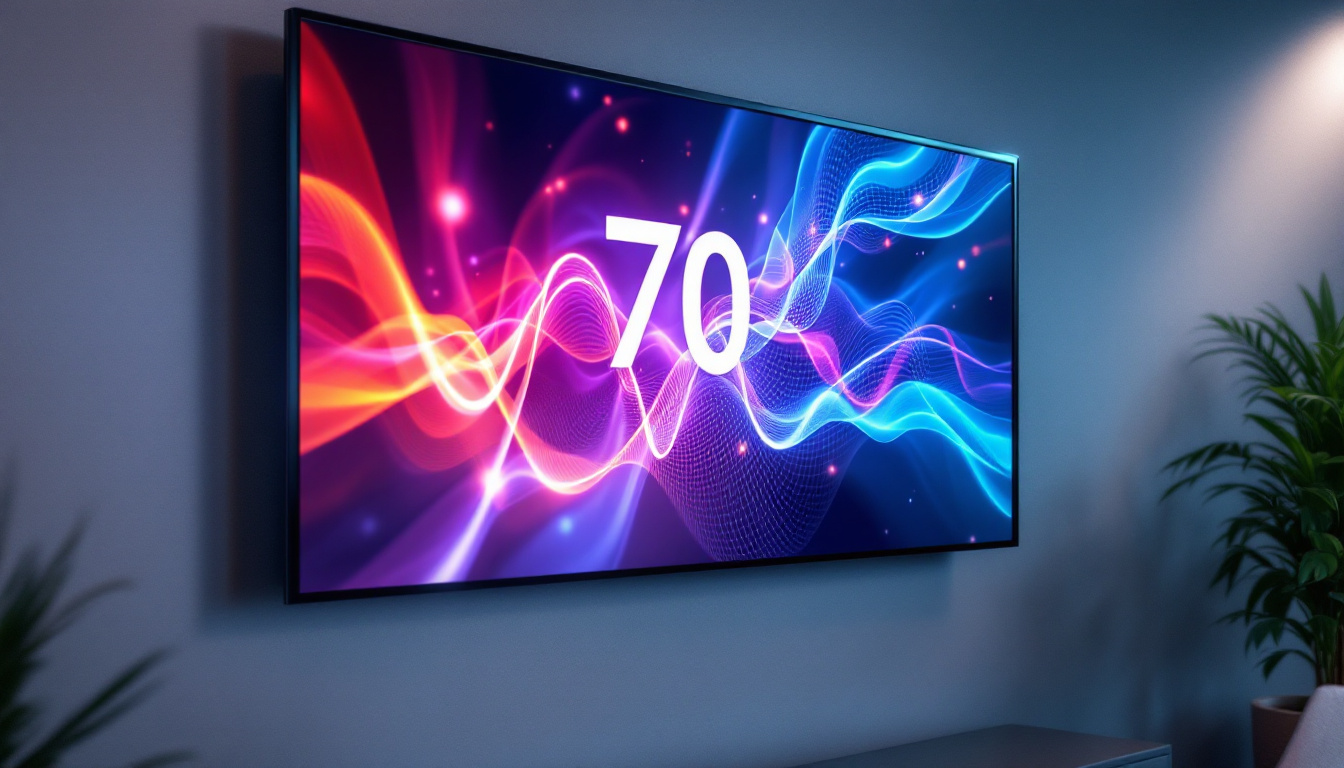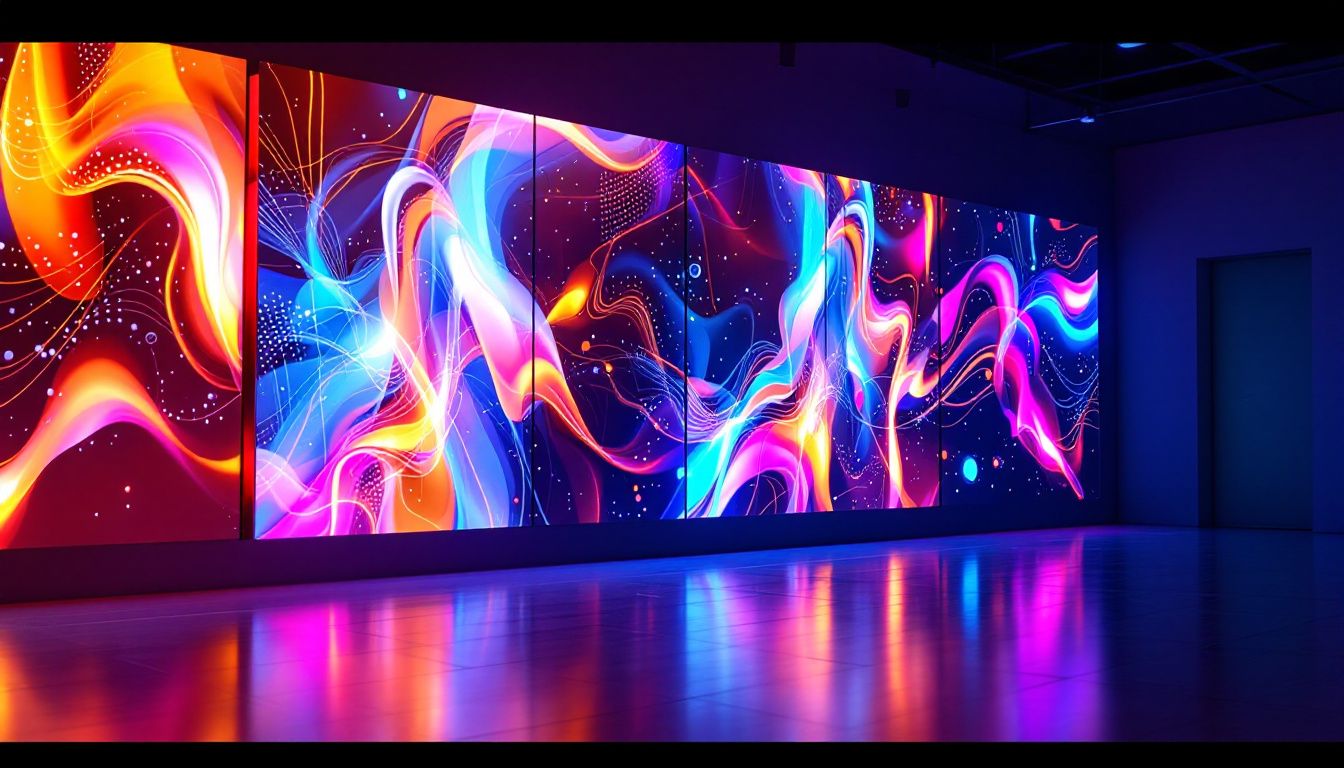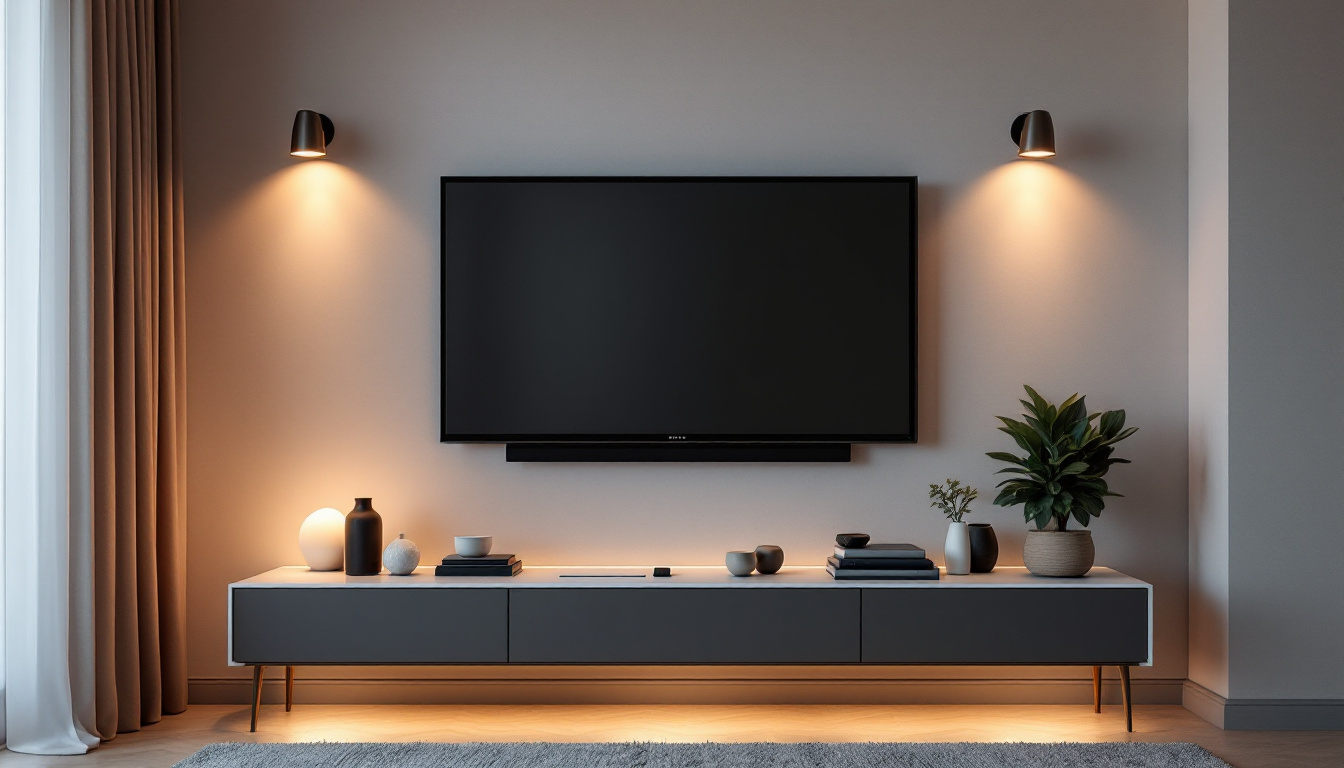In the realm of modern television technology, LCD (Liquid Crystal Display) televisions have become a staple in households around the globe. Among the various types of LCDs, LED (Light Emitting Diode) displays have gained significant popularity due to their superior picture quality and energy efficiency. This article delves into the intricacies of LCD televisions, focusing on LED display technology, its advantages, and how it compares to other display types.
Understanding LCD Technology
LCD technology is based on the use of liquid crystals to modulate light. These crystals are sandwiched between two layers of glass or plastic, and when an electric current is applied, they align in such a way that they either block or allow light to pass through. This process creates the images seen on the screen. LCDs are known for their slim profile and lightweight design, making them ideal for wall mounting and space-saving setups. Furthermore, the energy efficiency of LCDs has made them a preferred choice for consumers looking to reduce their electricity bills while enjoying high-quality visuals.
The Basics of Liquid Crystals
Liquid crystals are unique substances that exhibit properties between those of liquids and solid crystals. In their natural state, they do not emit light but instead rely on a backlight to illuminate the screen. The most common backlighting method used in traditional LCDs is CCFL (Cold Cathode Fluorescent Lamp), which has been largely replaced by LED technology. The shift to LED backlighting has not only improved energy efficiency but also enhanced color accuracy and brightness, allowing for a more immersive viewing experience. Additionally, advances in technology have led to the development of various types of liquid crystals, such as nematic and smectic, each offering distinct advantages for different applications.
How LCD Displays Work
In an LCD display, the screen is divided into pixels, with each pixel containing sub-pixels in red, green, and blue. By varying the intensity of light passing through these sub-pixels, a wide range of colors can be produced. The combination of liquid crystals and backlighting allows for sharp images and vibrant colors, making LCD televisions a popular choice for both casual viewers and avid gamers. Moreover, the rapid response time of LCDs minimizes motion blur, which is particularly beneficial for fast-paced content such as action movies and video games. As technology continues to evolve, features like higher refresh rates and improved contrast ratios are becoming standard, further enhancing the overall performance of LCD displays.
What is LED Display Technology?
LED displays are essentially a type of LCD television that uses LED backlighting instead of traditional fluorescent lights. This advancement has brought about significant improvements in picture quality, energy efficiency, and overall performance. The shift to LED technology has not only transformed the consumer electronics market but has also paved the way for innovative applications in various fields, including advertising, sports, and even art installations. The vibrant colors and sharp images produced by LED displays have made them a popular choice for both home entertainment and commercial use.
Types of LED Backlighting
There are primarily two types of LED backlighting used in LCD televisions: edge-lit and full-array. Edge-lit LED displays have LEDs positioned along the edges of the screen, allowing for a thinner design. This sleek profile is particularly appealing for modern aesthetics, making edge-lit TVs a favorite for wall mounting. In contrast, full-array LED displays feature a grid of LEDs behind the screen, providing better control over brightness and contrast levels. This type of backlighting allows for local dimming, where specific areas of the screen can be dimmed or brightened independently, resulting in more accurate color representation and improved picture quality, especially in darker scenes.
Benefits of LED Technology
LED technology offers several advantages over traditional LCDs. One of the most notable benefits is improved energy efficiency. LED backlighting consumes less power than CCFLs, resulting in lower electricity bills and a reduced carbon footprint. This energy efficiency not only appeals to environmentally conscious consumers but also contributes to the longevity of the display, as LEDs have a longer lifespan compared to their fluorescent counterparts. Additionally, LED displays typically provide better contrast ratios, deeper blacks, and brighter whites, enhancing the overall viewing experience. The ability to produce a wider color gamut means that viewers can enjoy more vibrant and lifelike images, making LED displays particularly popular for watching movies, playing video games, and viewing high-definition content. Furthermore, advancements in LED technology have led to the development of OLED (Organic LED) displays, which take the benefits of LED even further by allowing each pixel to emit its own light, resulting in even more stunning visuals and flexibility in design.
Comparing LCD and LED Displays
While LED displays are a type of LCD, it is essential to understand the differences between them and how they impact performance. This comparison can help consumers make informed decisions when purchasing a new television.
Picture Quality
Picture quality is often the most significant factor for consumers when choosing a television. LED displays generally offer superior picture quality compared to traditional LCDs. With better contrast ratios and enhanced color accuracy, LED televisions deliver a more immersive viewing experience. The ability to achieve deeper blacks and brighter highlights is particularly beneficial for watching movies or playing video games.
Energy Efficiency
Energy efficiency is another critical aspect where LED displays excel. As mentioned earlier, LED backlighting consumes less power, making it a more environmentally friendly option. This efficiency translates to lower operating costs over the lifespan of the television, which is an essential consideration for budget-conscious consumers.
Price Considerations
When it comes to price, LED televisions tend to be more expensive than their traditional LCD counterparts. However, the price difference has been narrowing as technology advances and production costs decrease. Consumers should weigh the benefits of LED technology against their budget to determine the best option for their needs.
Additional Features of LED TVs
Modern LED televisions come equipped with a variety of features that enhance the viewing experience. Understanding these features can help consumers choose the right model for their preferences.
Smart TV Capabilities
Many LED televisions now come with smart capabilities, allowing users to access streaming services, browse the internet, and even control smart home devices. This integration of technology has transformed the way people consume media, making it easier than ever to enjoy a wide range of content from the comfort of home.
4K and HDR Technology
4K resolution has become the new standard for high-definition viewing, offering four times the pixel count of 1080p. Coupled with HDR (High Dynamic Range) technology, which enhances the contrast and color range, LED televisions can deliver stunning visuals that bring movies and shows to life. These advancements have made LED TVs an appealing choice for cinephiles and gamers alike.
Choosing the Right LED Television
With numerous options available on the market, selecting the right LED television can be a daunting task. Several factors should be considered to ensure the best choice for individual needs and preferences.
Screen Size
Screen size is one of the most crucial factors when selecting a television. It is essential to consider the viewing distance and the size of the room where the TV will be placed. A larger screen may enhance the experience, but it should not overwhelm the space. A general rule of thumb is to sit at a distance of 1.5 to 2.5 times the diagonal size of the screen for optimal viewing.
Resolution
Resolution plays a significant role in picture quality. While 1080p (Full HD) is still common, 4K resolution is becoming increasingly popular due to its clarity and detail. For those who frequently watch high-definition content or play video games, investing in a 4K LED television may be worthwhile.
Additional Features and Connectivity
Consider the additional features that may enhance the viewing experience. Smart TV capabilities, voice control, and compatibility with streaming services are essential for many consumers. Furthermore, connectivity options such as HDMI and USB ports should be evaluated to ensure compatibility with other devices.
Maintaining Your LED Television
Proper maintenance of an LED television can extend its lifespan and ensure optimal performance. Here are some tips for keeping your TV in top condition.
Cleaning the Screen
Regularly cleaning the screen is crucial for maintaining picture quality. Use a microfiber cloth and a gentle cleaning solution specifically designed for electronics. Avoid using harsh chemicals or abrasive materials, as they can damage the screen.
Optimal Placement
Placement of the television can impact viewing quality and longevity. Ensure that the TV is positioned away from direct sunlight to prevent glare and overheating. Additionally, using a surge protector can safeguard the television from power surges and electrical damage.
The Future of LED Television Technology
The landscape of television technology is continually evolving, and LED displays are at the forefront of these advancements. Emerging technologies are set to enhance the viewing experience even further.
MicroLED Technology
MicroLED is a cutting-edge technology that promises to revolutionize the television market. This technology uses microscopic LEDs to create self-emissive pixels, eliminating the need for backlighting altogether. The result is unparalleled picture quality, with perfect blacks and vibrant colors. As MicroLED technology matures, it is expected to become a significant player in the television industry.
OLED vs. LED
While LED displays are widely popular, OLED (Organic Light Emitting Diode) technology has emerged as a strong competitor. OLED televisions offer superior contrast ratios and color accuracy, thanks to their self-emissive nature. The competition between LED and OLED technologies is likely to drive innovation, leading to even better options for consumers in the future.
Conclusion
LCD televisions, particularly those utilizing LED display technology, have transformed the way people enjoy visual media. With improved picture quality, energy efficiency, and a plethora of features, LED TVs are an excellent choice for modern households. As technology continues to advance, consumers can expect even more exciting developments in the world of television. Whether upgrading an existing setup or purchasing a new TV, understanding the nuances of LCD and LED technology can lead to a more satisfying viewing experience.
In summary, the choice between traditional LCD and LED displays ultimately comes down to individual preferences and requirements. By considering factors such as picture quality, energy efficiency, and additional features, consumers can make informed decisions that enhance their entertainment experience.
Discover the Future of Visual Experience with LumenMatrix
Ready to elevate your viewing experience with the latest in LED display technology? LumenMatrix is at the forefront of innovation, offering a wide array of LED display solutions tailored to meet your needs. From captivating Indoor LED Walls to dynamic Vehicle LED Displays and beyond, our products are designed to transform your visual communication and engagement. Embrace the future of digital signage with LumenMatrix and create unforgettable visual experiences. Check out LumenMatrix LED Display Solutions today and see the difference for yourself.

